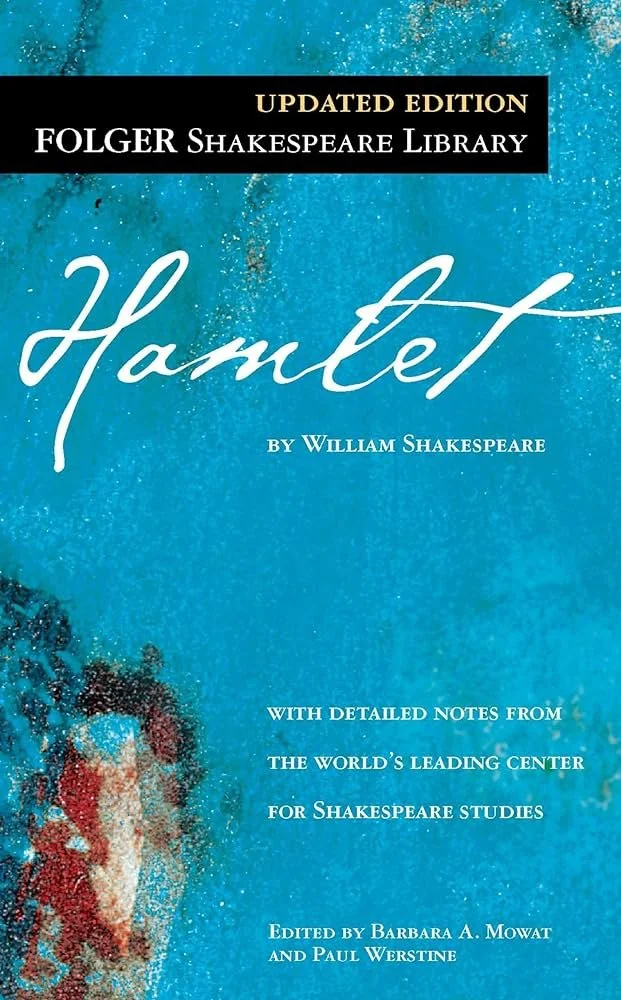Crafting Lessons
I write engaging, rigorous, and culturally-relevant lesson plans.
Over my 10+ years as an ELA educator and curriculum writer, I have written more than 50 units for grades 9-12 and AP Literature and Composition. Each unit takes three to eight weeks to complete, with at least 20 lessons per unit.
Needless to say, I have created hundreds of different lessons.
My Approach
I approach lesson planning with a meticulous focus on crafting diverse and inclusive content, ensuring that each student can connect with and benefit from the learning materials. I believe in creating an educational experience that resonates with the unique needs and backgrounds of every student, including SPED and Multilanguage Learners. In all of my lessons, I aim to:
Ensure lesson plans address the key learning outcomes outlined in objectives and standards.
Curate texts and learning materials that are relatable, rigorous, and culturally relevant to the diverse backgrounds of learners.
Stay current with best practices for instructional strategies
Demonstrate adaptability and a willingness to rewrite, revise, and change plans as necessary to meet evolving educational needs and situations.
Examples
This lesson was written as part of a 9th grade “Art and Poetry” unit that was a precursor to our students participating in the national Poetry Out Loud competition. This was truly one of my favorite lessons to teach as it had students look at the same topic in different ways while playing to students’ strengths. Students learn both the “Four Steps to Analyzing Poetry” and the “I See/ It Means” strategies in this lesson, with the latter focusing more on looking at a written text and reading it critically, while the former allows students who are more visual learners to really shine. At the end of the lesson, students are able to compare the visual representation of the poem with the written version and make connections and inferences that they may not have originally been able to make. Students come out of this lesson, and ideally this unit, with a strengthened sense of confidence in their analytical skills and a newfound appreciation for art and poetry. See Lesson…
I created this lesson for a 10th grade unit on William Golding’s The Lord of the Flies. The class that this lesson was written for was a college prep class that included students on IEPs and English Language Learners, and the scaffolding in this lesson reflects that population. I provide models for the activity so that students know exactly what is expected of them, and I offer highlighted words and phrases to guide the students towards the heavy-hitting items. However, this lesson could easily be modified for a higher-level class, removing the highlights and even offering students chance to find their own powerful words and phrases within the text. This is an adaptable lesson that I have found to have an profound impact in getting students to begin thinking about texts on the word level and not just as a story.
In terms of why I chose to focus on this particular concept and skill, I believe that understanding the importance of word choice— why we use certain words, what we want to get across with specific words— is one of the most powerful things students can learn in an ELA class. Especially in a novel like The Lord of the Flies, which has such a poignant message on human nature and psychology, words matter, and I wanted to introduce this concept early enough in the unit so students could read the rest of the novel with a critical eye towards the connotations of different words and phrases and the thematic messages that are presented to the readers. See Lesson…
This lesson was written with an AP Literature and Composition class in mind, though I have taught Hamlet in 11th and 12th grade classes as well. At the time of this lesson’s creation, my students were already well-versed in what an AP Literature-style thesis statement should look like, and they were already accustomed to writing practice statements on many of our daily lessons and activities. This particular lesson was focusing on having students analyze the use of the motifs of corruption, decay, and disease, and then write a highly-focused paragraph (with thesis) on why Shakespeare used these motifs and what the message was that he was trying to get across to his audience. Ideally the concepts highlighted in this lesson are familiar to the students at this point, but if not, this activity serves as a great reminder for students on how to look closely at word choice and connotation. I wrote this lesson so that all students would be able to enhance their skills and confidence. Regardless of the class that they are in, this lesson will help strengthen students’ abilities to clearly articulate their thoughts using specific details and evidence from the text are strengthened by the end of this lesson. AP Literature students get an extra boost from this lesson, though, since critically reading Hamlet arms them with a long text that they understand on a thematic level that can be kept in their back pockets for use on Question 3. See Lesson…


